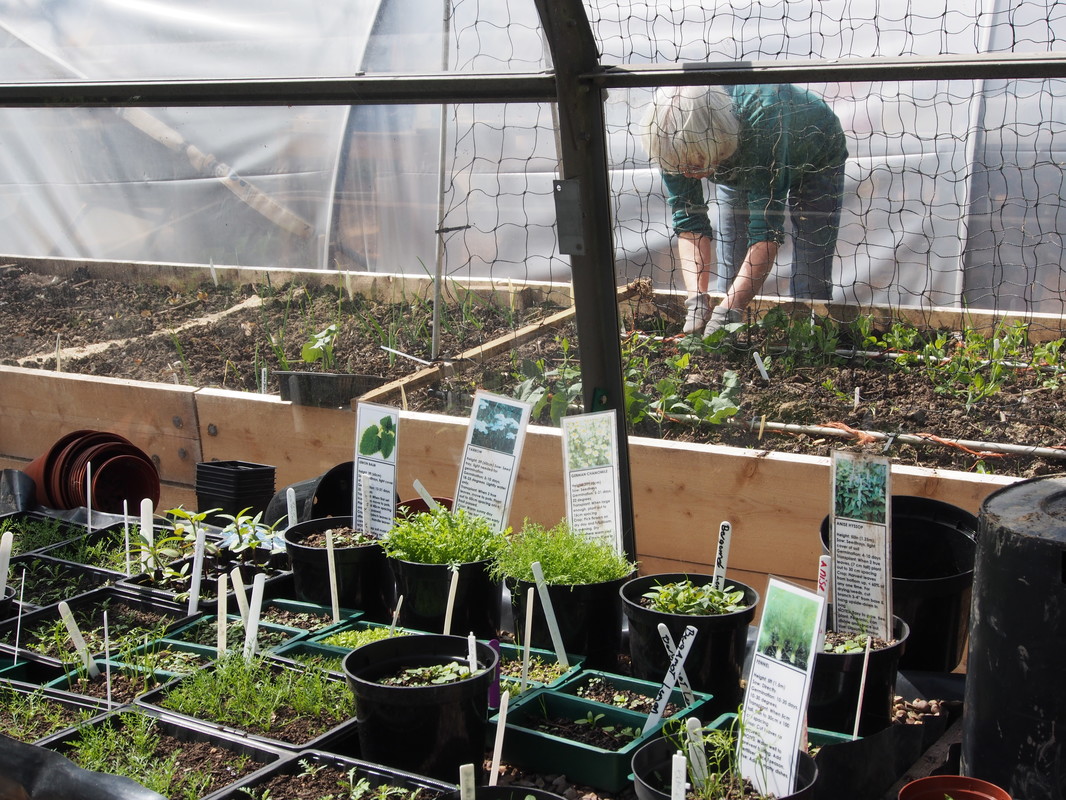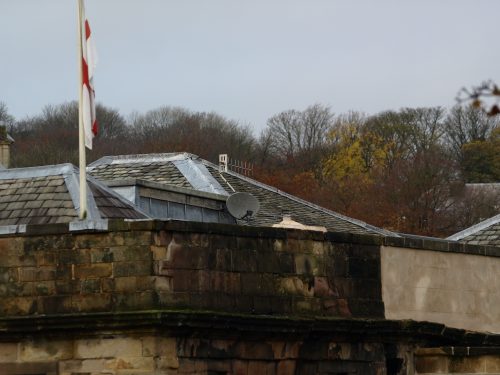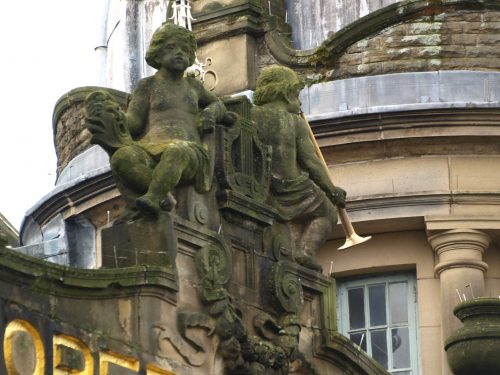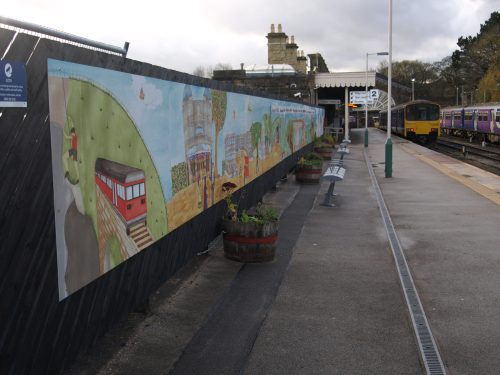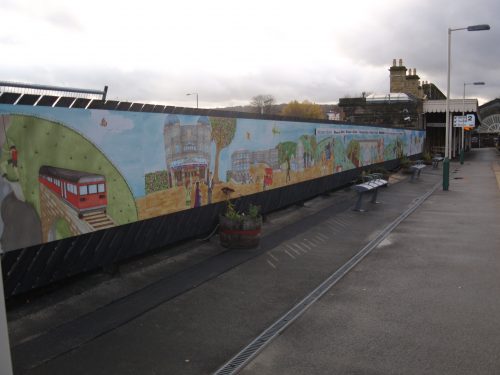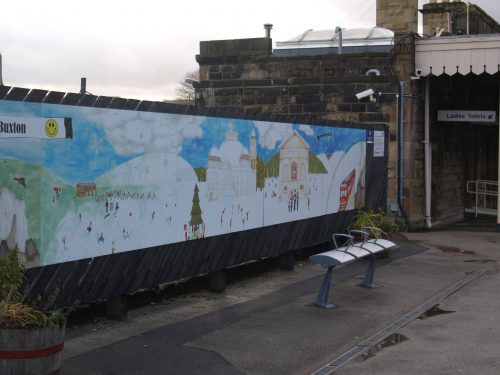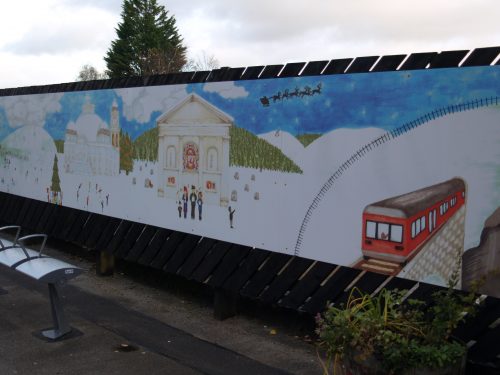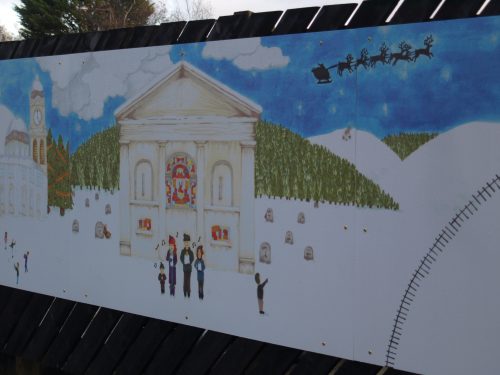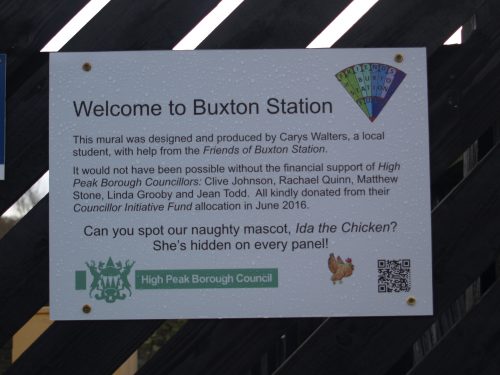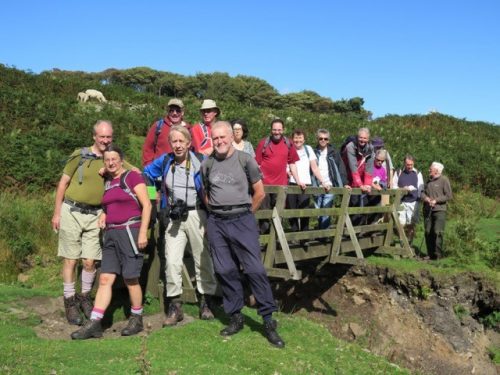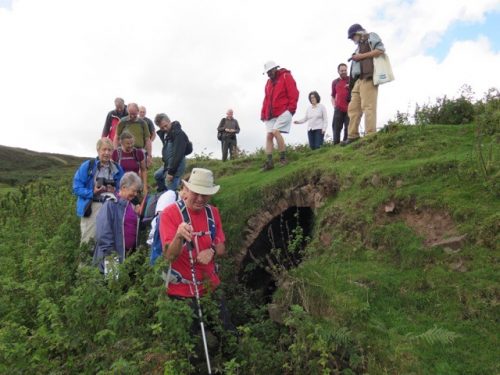Restoring the Crescent - a life time of challenges
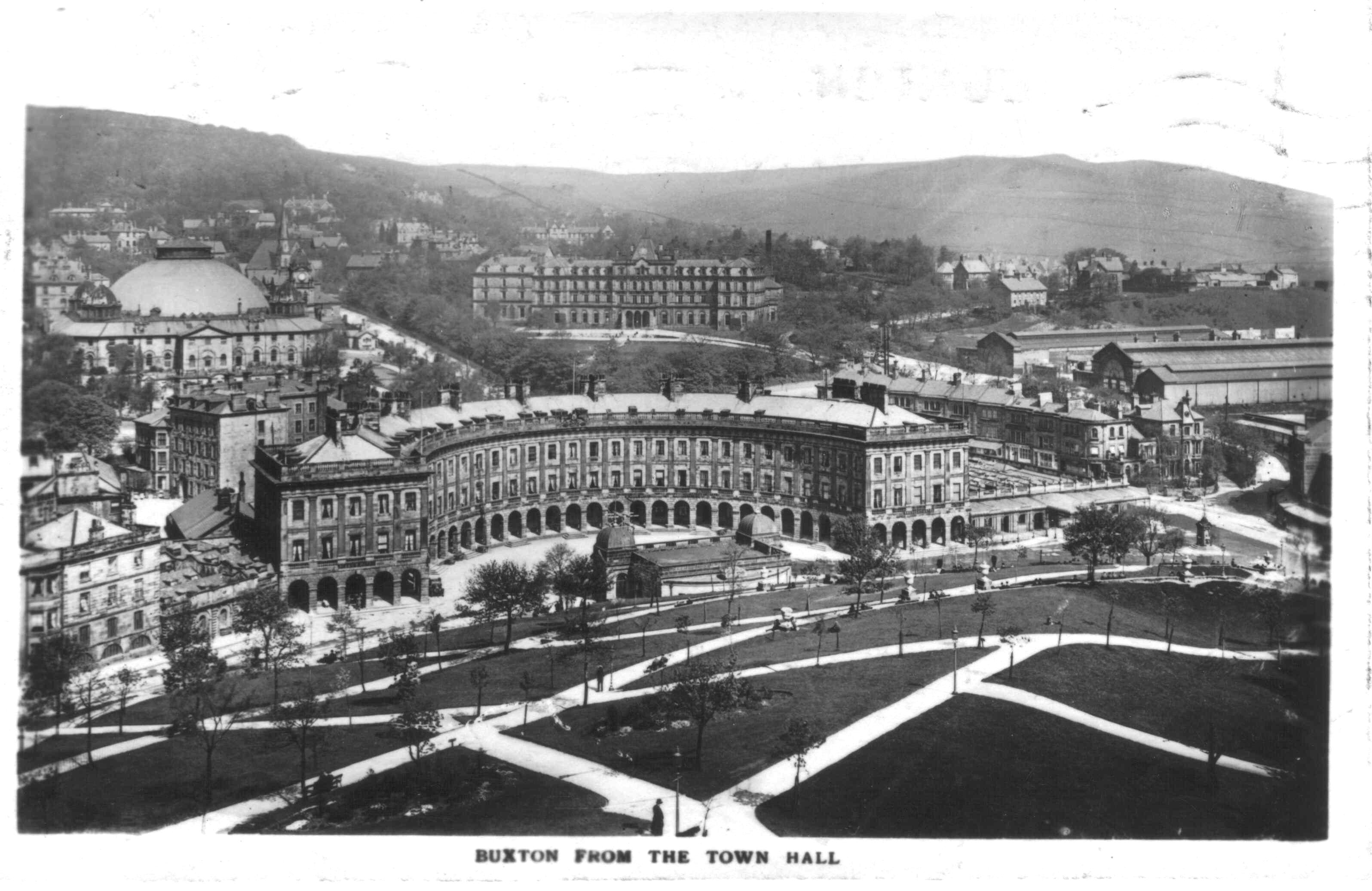
The New Kings Cross Station, the Stade de France or building and running national motorways on the continent, is one thing, but the crescent restoration project provides a life time of engineering and building challenges for Cary Hadfield, Senior Project Manager and his team from Vinci Construction.
Vinci construction is well placed to carry out the complex and challenging work that the crescent poses. As well Motorways, Hotel complexes and other major civic engineering projects, they were the main contractors in the scheme to put a roof over the shell of the Chernobyl complex. This required positioning the cover remotely and working in difficult and dangerous conditions.
Speaking to a packed Poole’s Cavern visitors centre, Cary gave BCA members a fascinating and at times a humorous insight into the progress that has been made so far and his personal journey on the crescent project.
As Cary demonstrated working on the crescent is a bit of a leap into the unknown. The enabling works carried out in 2012 were a major civil engineering project, that required the building of a concrete basement complex, positioned over the springs that provide Nestle with Buxton Spring water. It was scheduled to take 26 weeks but in the end as problems were encountered and solved it was 52 weeks before the works were complete and the Main Contract works could be tendered.
The crescent was built over 200 years ago, at a cost of £38,601, taking eight years to complete, and it has seen numerous attempts to shore up the original work over the years. It is often these previous renovations that pose greater problems than the original building works. Rotten timber structures, incomplete fireplaces all add to the difficulties of working in a Grade 1 listed building and having to adhere to strict conservation guidelines. It all contributes to the project budget of £35 million.
Interestingly conservationists are generally more interested in ensuring that the building and decorating techniques of the past are preserved where ever possible to enable future generations to understand how the building was constructed, rather than individual items that are discovered.
The sensitive nature of the building and the complex of rooms and passages often mean that modern techniques and equipment cannot be used. It is back to the old ways, with no choice but for the team to physically dig out cellars and barrow the waste away. This is physically demanding work, often undertaken in difficult conditions, including the steamy heat when working close to the springs. If the original architect, John Carr was to wander in, he would recognise many of the techniques that were being used.
So far 500 tradesmen and construction workers have been involved in the works and Cary expects that it will be closer to 3,000 by the end of the contract. He paid tribute to the team, who as well as working in often difficult conditions, including many local tradesmen, have shown great resourcefulness and skill in overcoming the challenges thrown up so far.
There were many questions from the floor. Often demonstrating an intimate knowledge of the building, these were answered fully and with attention to detail, often with humour.
The nature of the building mean that there have been unforeseen problems that inevitably cause delays, but almost a year since the restoration work began, Cary and his team believe that they have uncovered the major unseen’s.
He has offered to comeback in the summer of 2018 to give a final report on Vinci’s part in this historic project.
